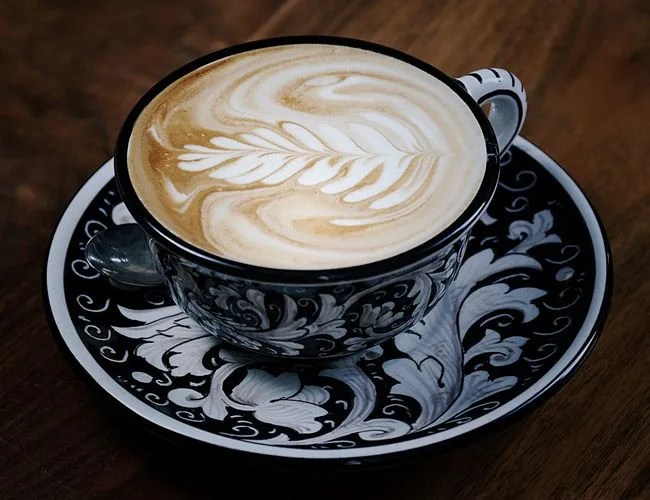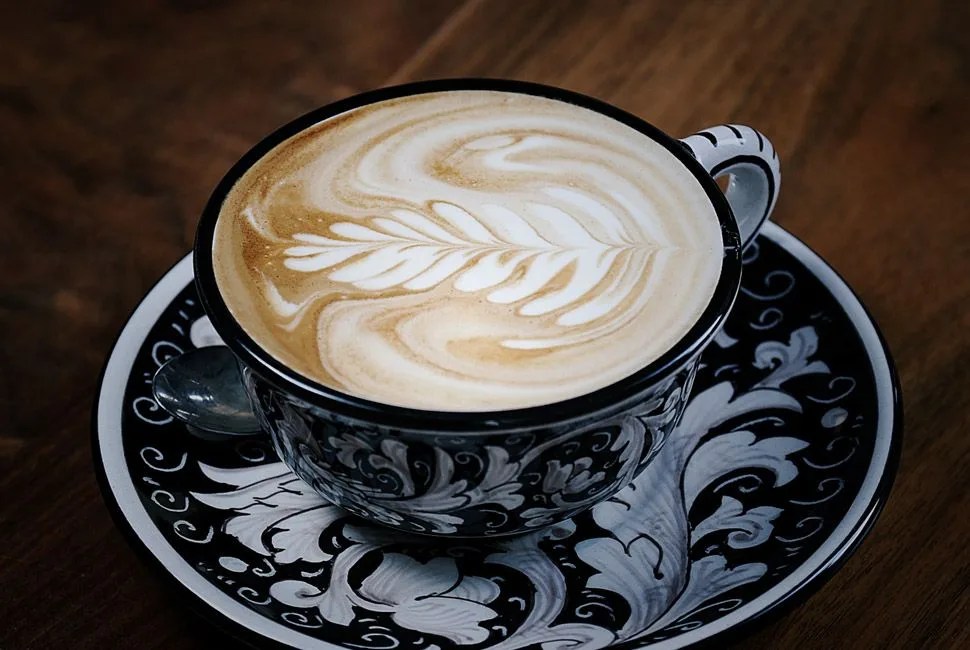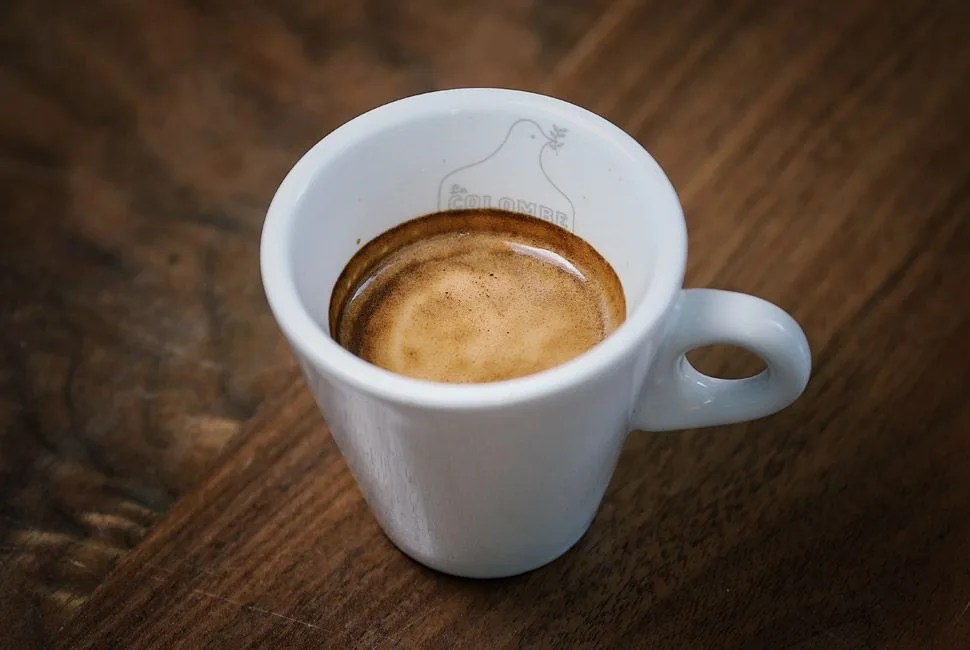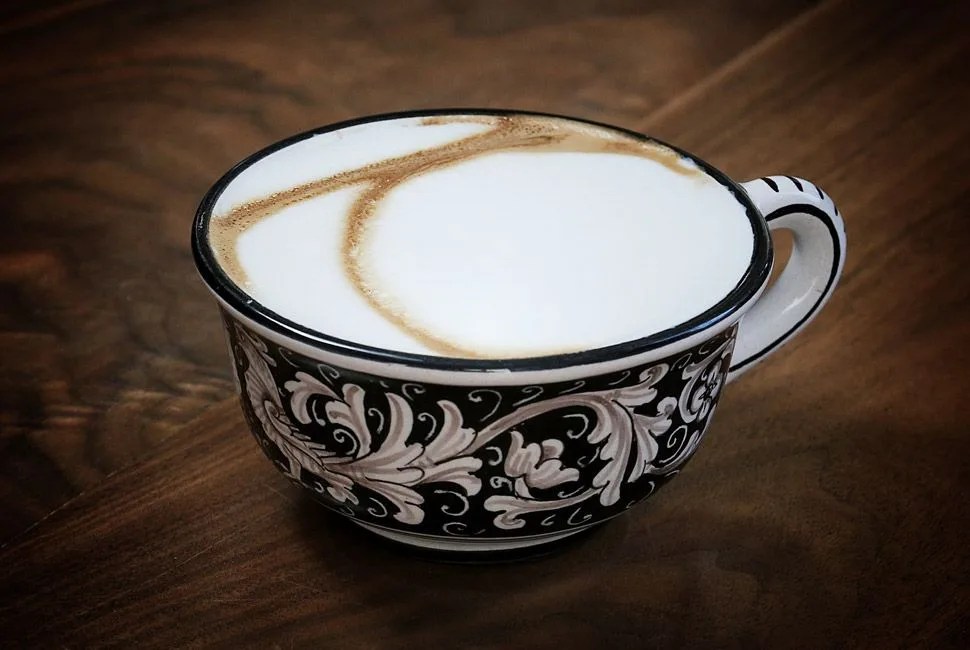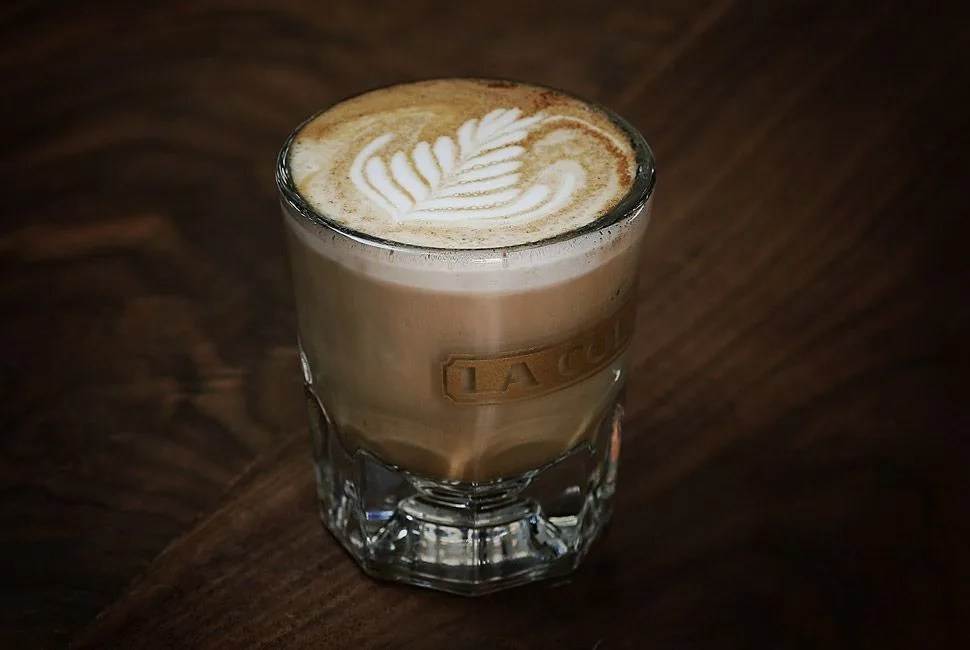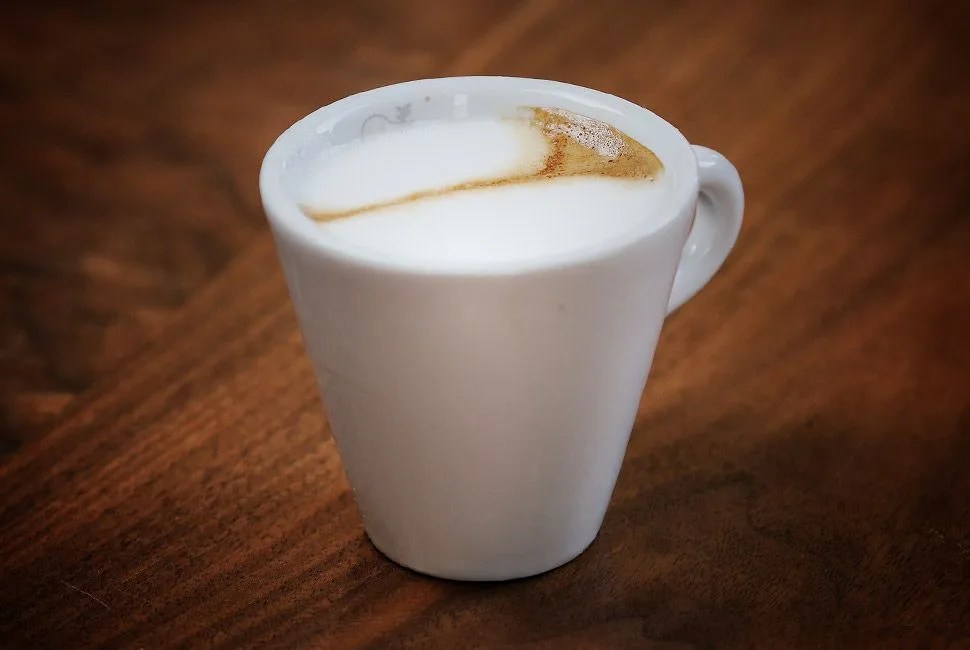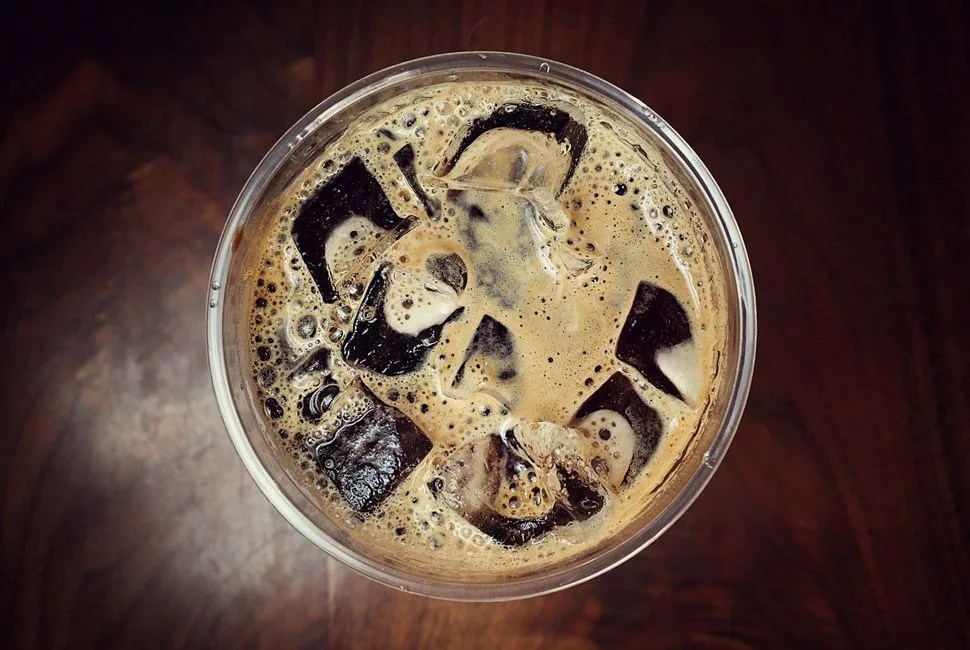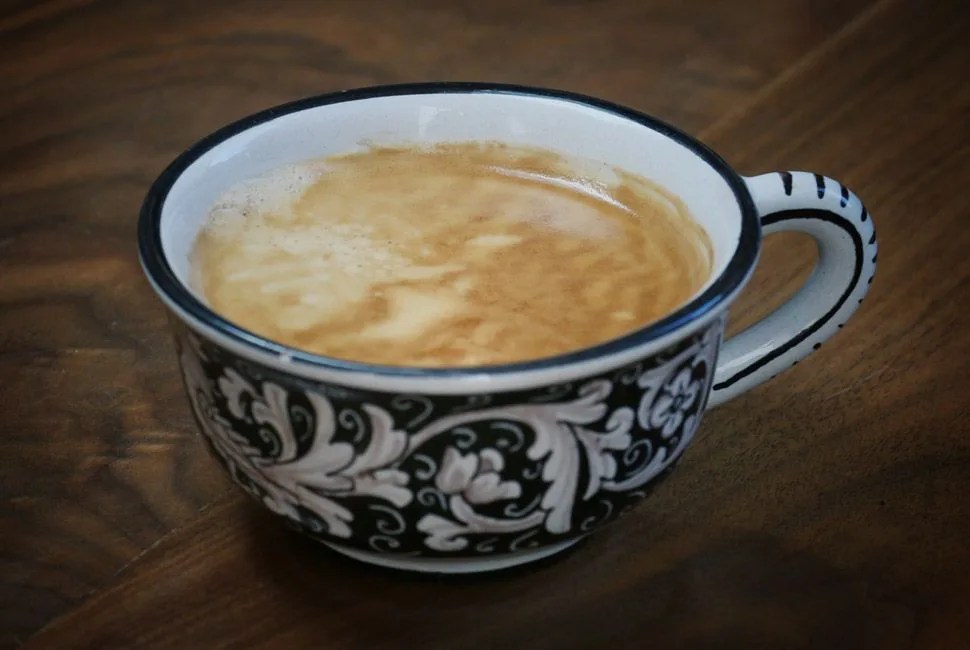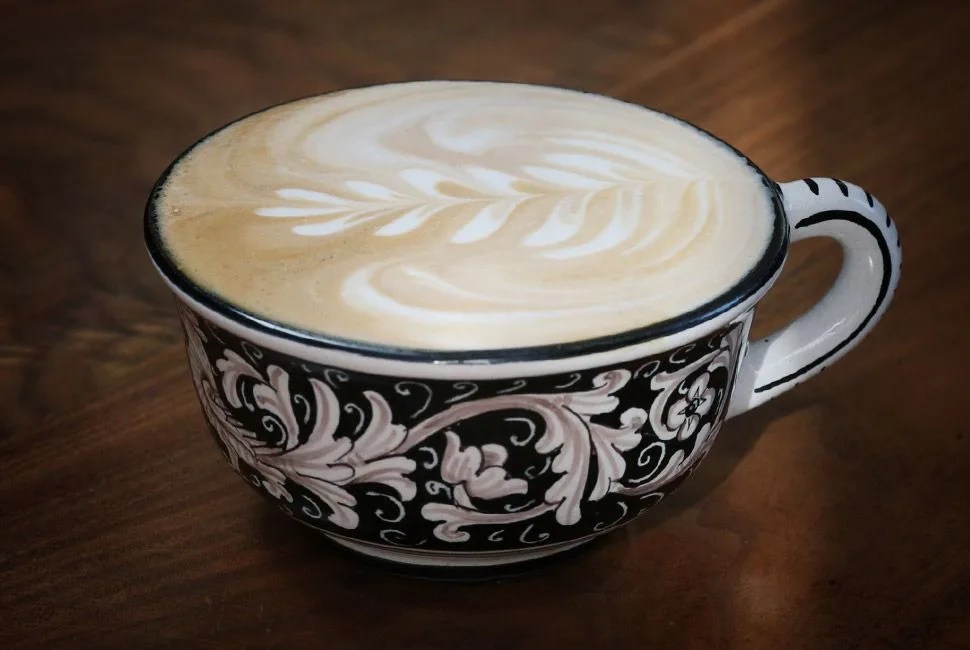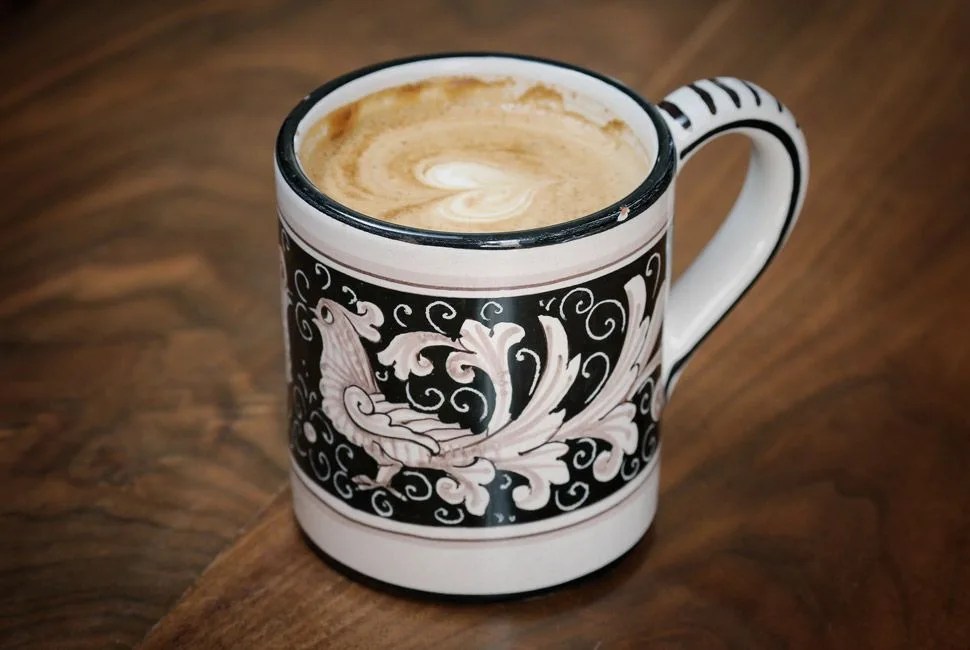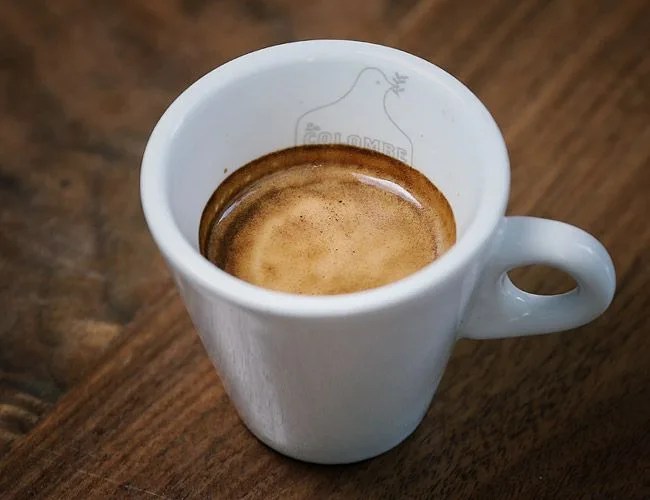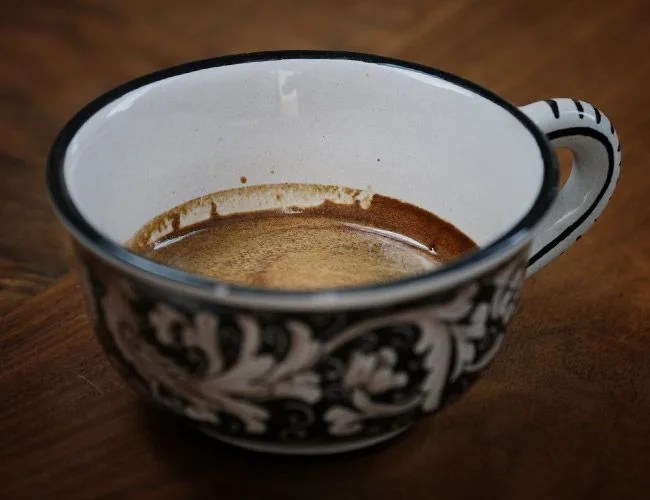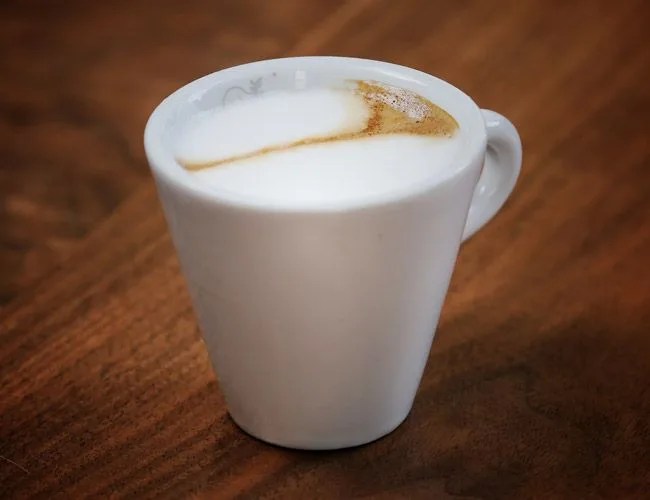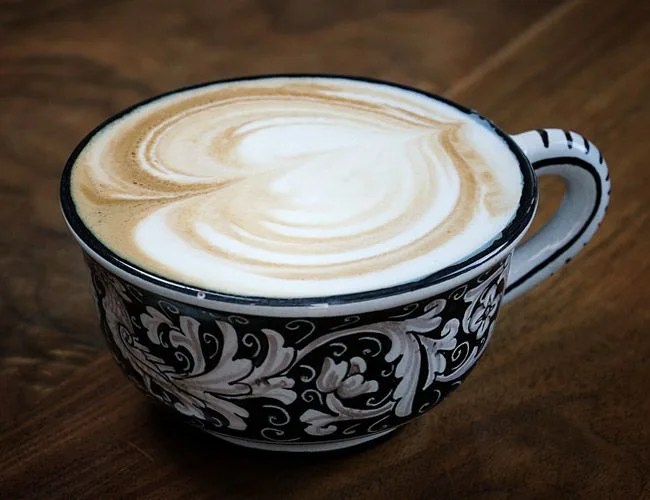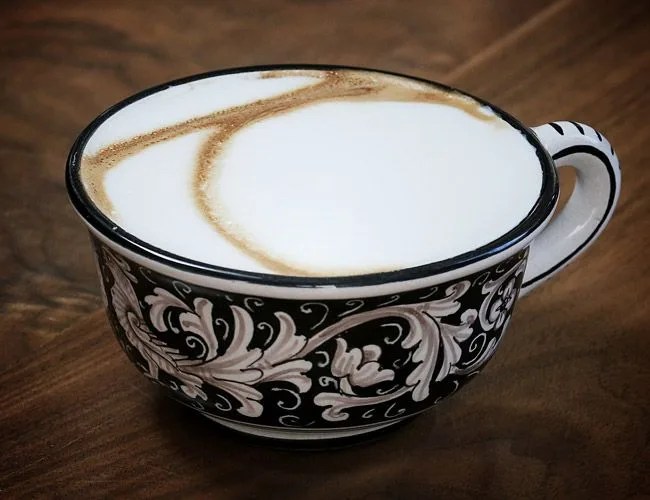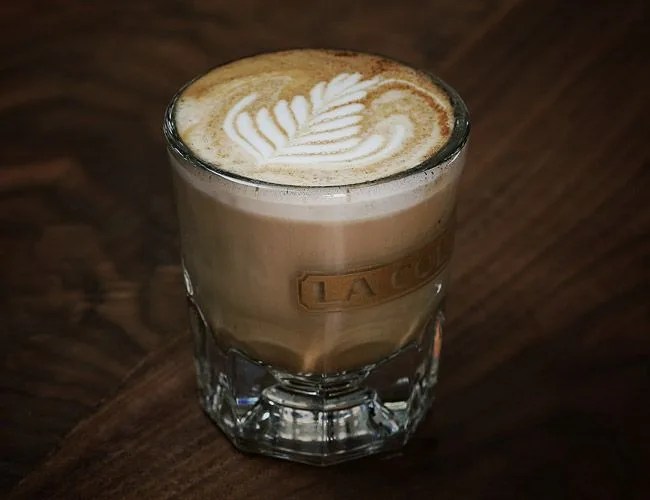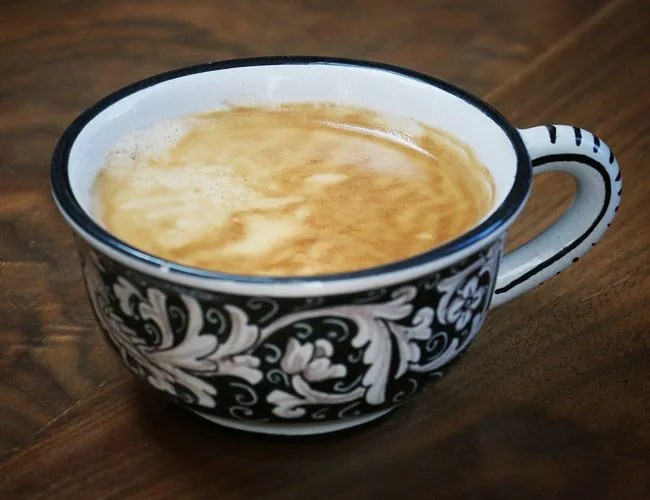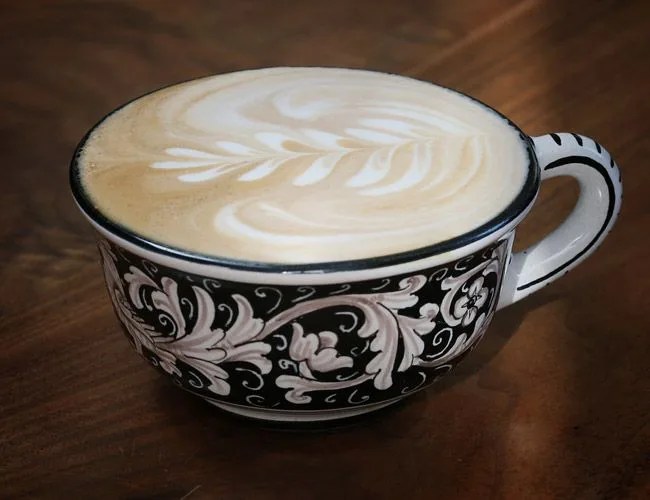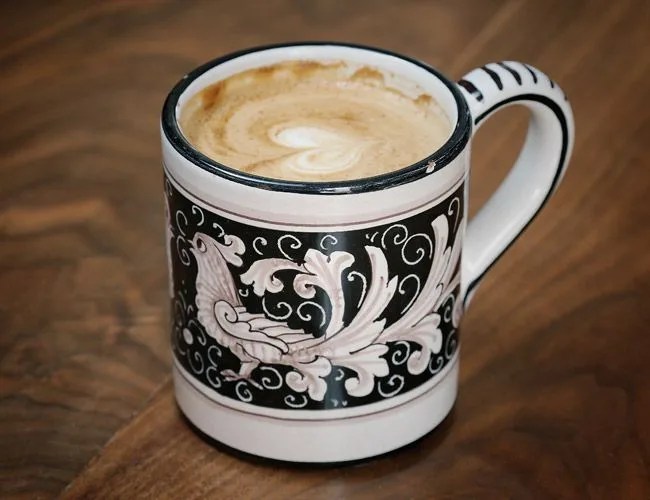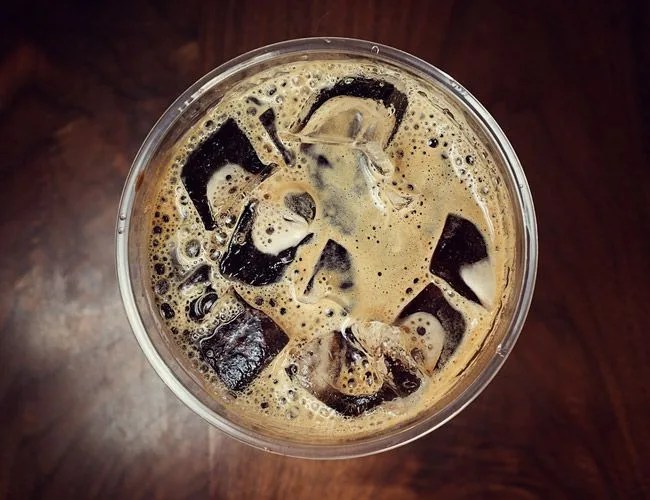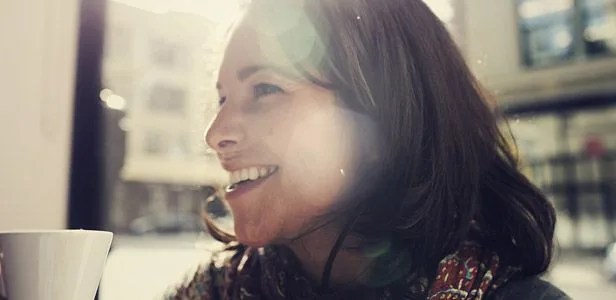9 photos
By definition, espresso is relatively simple: 1 ounce of coffee beverage made from 7 grams of ground beans, brewed at 9 bar of pressure (130 psi) at roughly 200 degrees Fahrenheit. Plus or minus. To give you some context, the highest-pressure showerheads top out around 100 psi — not quite enough pound force to make it rain crema. Espresso is both brewing process and beverage invented by the Italians (c. 1884), its name implying speed and singularity of purpose. You drink it quickly, unless you’re a noob.
But if there’s anything we’ve learned about coffee during this Fortnight, it’s that the rabbit hole of nuance in coffee brewing is as deep and ambiguous as a peyote trip. The combination of variables that go into a single shot of espresso — bean, roast, grind, dosage, coffee pack, pressure, temperature and time — can yield as many outcomes as a chess match. What hits the demitasse (espresso cup) is always strong, caffeinated and complex; the actual flavors range from lemons to cocoa. Baristas chase the “god cup”, or the perfect shot of espresso. The really dedicated ones might save a little crema in their handlebar mustache.
We’re not religious about it, but we sure do like to drink the stuff — not to mention all the variations made with steamed milk and foam. Our friends at La Colombe Torrefaction were kind enough to meet us one morning during the Fortnight to make the battery of espresso beverages. They were as good as they look. And none of us slept that night.
Editor’s Note: The descriptions of these beverages were provided by La Colombe and are used to help train their baristas. We hope they help you navigate the menu of your local coffee shop.

